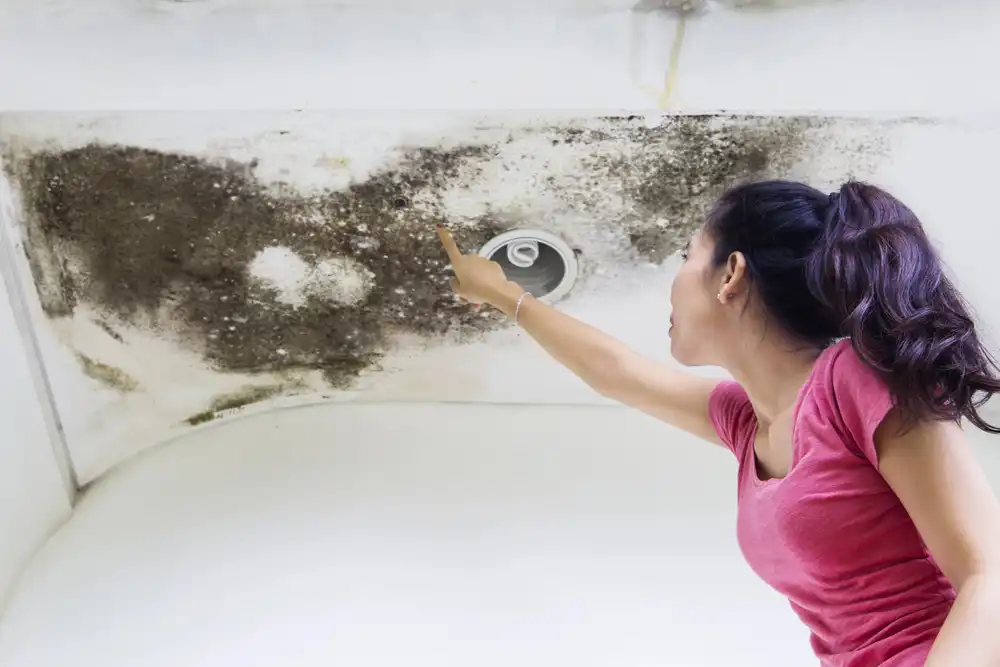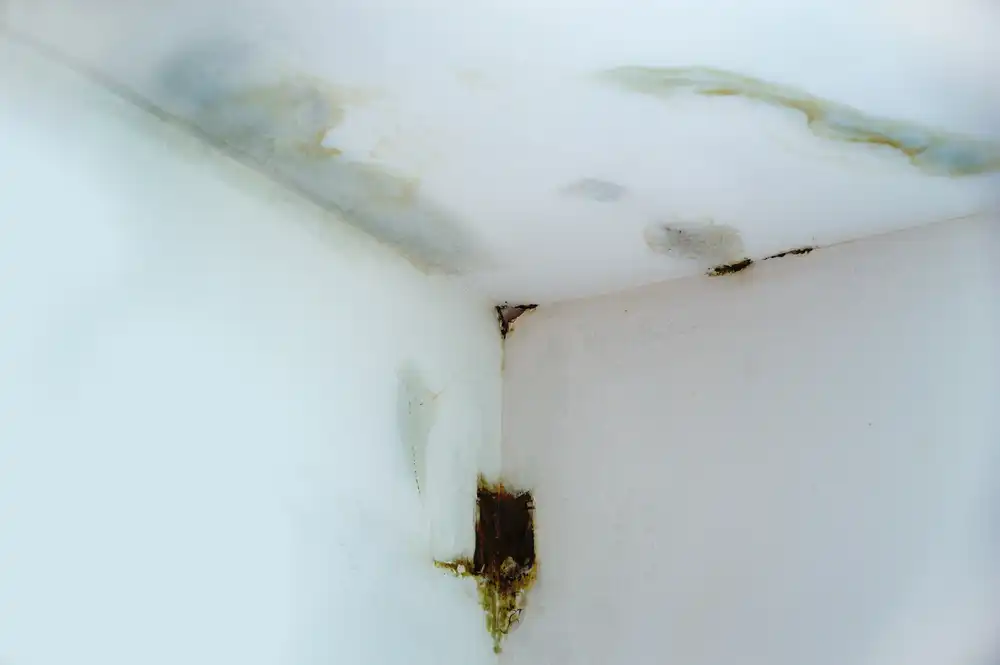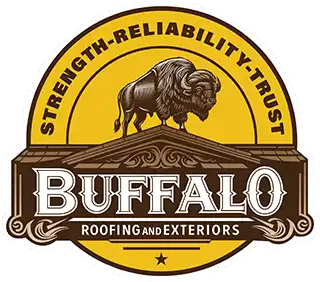A leaking roof is one of the most frustrating issues a homeowner can face. Texas is no stranger to extreme weather, from intense sun to powerful storms, and your roof bears the brunt of it all. Catching a roof leak early can prevent costly repairs and protect your home from water damage. The key is knowing how to identify the signs of a leak and taking action to address it before it gets worse. In this guide, we’ll walk you through how to spot roof leaks and offer temporary solutions you can apply until a professional roofer can handle the job.

Common Signs of Roof Leaks to Watch For
A roof leak is often subtle at first, but there are several warning signs that indicate water is entering your home. Being proactive in recognizing these signs can save you from dealing with major damage.
Water Stains on Ceilings and Walls
One of the most common indicators of a roof leak is the appearance of water stains on your ceiling or walls. These stains typically appear as dark brownish patches with a ring around them. If you notice this, it’s essential to investigate further to pinpoint the source of the water.
Sagging or Bulging Ceiling
A ceiling that appears to sag or bulge is a serious red flag. Water accumulating in your attic can create enough weight to cause the ceiling to dip. This situation demands immediate attention, as it can lead to structural issues if left unchecked.
Mold or Mildew
Mold and mildew thrive in damp conditions, so their presence on your walls or ceilings often signals that water has been leaking for some time. These growths can not only damage your home’s structure but also pose health risks, making it important to address the issue as soon as possible.
Visible Roof Damage
Visually inspecting your roof can reveal signs of damage, such as curled, cracked, or missing shingles. If you notice any of these issues, it’s likely that your roof is compromised, and water can seep through these gaps during rainfall.
Damaged Flashing
Flashing is the metal or plastic material that seals joints around chimneys, skylights, vents, and other roof penetrations. If your flashing is rusted, cracked, or loose, it’s a common entry point for water. Be sure to check these areas if you suspect a leak.
Temporary Solutions to Stop the Leak
Once you’ve identified the source of the leak or at least the general area where it’s coming from, taking swift action can help prevent further damage until a professional roofer can make a permanent repair.
Cover the Leak with a Tarp
If the leak is active and water is dripping into your home, covering the affected area with a tarp can be an effective temporary solution. The goal is to stop the water from entering the interior and causing further damage.
- How to do it:
- If you can safely access the roof, stretch the tarp over the leaking area, ensuring it covers the spot completely. Secure it with roofing nails or staples, making sure the tarp extends beyond the area of the leak.
- If you can’t get on the roof, you can still use a tarp from the inside of your attic or living space. Use heavy-duty rope or straps to secure the tarp, ensuring that it covers the entire affected area.
- Ensure the tarp slopes downward to allow water to run off, preventing it from pooling underneath the tarp.

Use Roof Patch or Sealant for Small Holes
If you discover a small crack or hole in the roof, applying a temporary roof patch or sealant can prevent water from leaking further. These products are available at most hardware stores and provide a quick fix for minor roof issues.
- How to do it:
- Clean the area around the crack or hole to remove dirt and debris, ensuring the patch will adhere properly.
- Apply a generous amount of roofing cement or sealant over the affected area, making sure to cover the hole completely.
- If you’re using a patch, press it firmly over the damaged area, securing it with roofing nails. Make sure the patch extends several inches beyond the hole to ensure a tight seal.
Redirect Water with Gutter Maintenance
Sometimes a leak is caused by clogged gutters, which can cause water to pool and seep under shingles or roofing material. Cleaning your gutters and ensuring proper water flow can help alleviate this issue, especially during heavy rains.
- How to do it:
- Clear out any leaves, twigs, or other debris that may be blocking your gutters.
- If you notice damage to your gutters, use sealant or temporary gutter tape to close the gaps until you can have the gutters properly repaired.
Catch Drips with Containers
If you’re unable to stop the leak right away, place a bucket or container under the drip to catch any water. This simple fix will protect your floors, furniture, and other valuables from water damage while you wait for a professional to arrive.
Keep an Eye on the Leak
While the temporary fixes above will help minimize the damage, it’s crucial to keep monitoring the leak for any changes. If you notice that the leak worsens or the water starts to spread, it may be time to contact a roofing professional right away.
When to Call a Professional Roofer
While temporary repairs can provide relief in the short term, roof leaks often signal a larger issue that requires professional attention. If the leak persists or worsens, or if you’re unsure about how to fix the damage, it’s best to call a licensed roofing contractor.
A professional roofer will conduct a thorough inspection to determine the root cause of the leak and recommend a permanent solution. Whether the problem is a damaged shingle, compromised flashing, or a larger structural issue, only a professional can ensure that the leak is fully repaired and prevent it from causing further damage to your home.
Call Buffalo Roofing & Exteriors Today For An Inspection
Spotting and addressing a roof leak early is crucial to preventing extensive damage to your home. By knowing the warning signs of a roof leak and taking quick action, you can minimize damage until a professional roofer can make the necessary repairs. Remember, temporary fixes like using a tarp, applying sealant, and cleaning gutters can provide relief, but it’s important to call a trusted roofing contractor to fix the leak properly. At Texas Coast Roofing, we’re here to help with all your roofing needs. Don’t wait—contact us today for a professional inspection and prompt roof repair.
